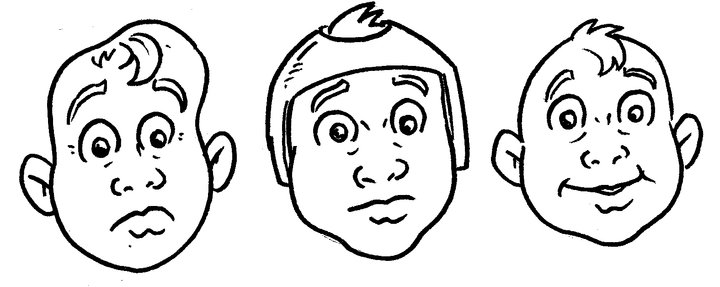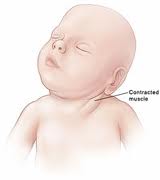©2009-11 Alexandra's PHATE
Alexandra's P.H.A.T.E. © 2011 Alexandras P.H.A.T.E. All rights reserved. Reproduction of material from any pages without written permission is strictly prohibited.
Contact Us: 412.860.4557 | email
Content on this website is provided for informational purposes only and is not intended as a substitute for medical consultation. Please direct all inquires to your medical practitioner.
All StarBandKids and Orthomerica Images and information are Courtesy of Orthomerica Products, Inc. ©2011
Content on this website is provided for informational purposes only and is not intended as a substitute for medical consultation. Please direct all inquires to your medical practitioner.
All StarBandKids and Orthomerica Images and information are Courtesy of Orthomerica Products, Inc. ©2011
Logo artwork courtesy of Barry Linck. Visit his site at Phinmagic.com
Torticollis
Do you have questions about torticollis? What is it? How does it occur? Can it be corrected? Where do I go after diagnosis?
We have the answers to many of your Torticollis questions, right here! If you happen to not find what you are looking for, please fill free to visit our "contact" page, and we will be happy to help any way that we can.

Follow Us!
Alexandra's P.H.A.T.E.
What is Torticollis?
Torticollis (also called congenital muscular torticollis) is a condition that causes a baby's head and neck to tilt to one side. It affects about 2 percent of newborns. The cause is unknown, but doctors suspect that when a baby is positioned in the uterus so that her head is tilted to the side and her neck is down, the blood supply to the neck is cut off. This results in some tightness in one of the two strap (or sternocleidomastoid) muscles that connect the breastbone, head, and neck, and allow a baby to turn her neck. Though the baby may look uncomfortable, this condition causes no pain. About 8 percent of babies born with torticollis will also have other problems such as hip dislocation.
How will I know if my baby has torticollis?
You'll probably notice one or both of the telltale symptoms: Your baby may hold her head to one side and have limited neck movement, or she may have a small bump on the side of her neck. Torticollis is usually diagnosed within the first two months of a baby's life because even if parents don't spot it, a pediatrician will. Babies with torticollis may also develop positional plagiocephaly (asymmetrical head shape) because they'll often sleep with their head turned to the affected side. There are also a few other less common forms of torticollis. One, called wryneck, which happens when one of the vertebrae doesn't develop completely. Another, called acquired torticollis, is a serious condition that can come on anytime after birth and is usually an indication of a more serious problem, such as a brain or spinal cord tumor. Your doctor may need to take X-rays or perform other tests to determine which form your baby has.
How long does it take to see results?
If your baby is found to have congenital muscular torticollis, you'll want to get her started on a stretching routine to lengthen and stretch her tight neck muscles. The doctor may show you the proper exercises (or refer you to a physical therapist), and you'll be required to perform them on your child several times a day. The moves aren't complicated, but if you're not comfortable doing them, ask your physical therapist to help you. You'll also want to provide as many opportunities as possible for your baby to turn her head to the other side. To that end, you should approach her from the non-affected side, encouraging her to turn her head in that direction. You can also place your baby to sleep with her head turned to the non-affected side. When she's awake, it's very important to give your baby plenty of time on her stomach. This will help to develop the muscles in her neck.



How is Torticollis treated?
You'll probably see improvement within weeks. And as long as your baby's condition was discovered early enough — ideally by the age of 2 or 3 months — and she's following a rigorous stretching program, it should be fully corrected by age 1. (Your doctor may refer you to a physical therapist to help stretch the muscles.) If, however, the muscles do not return to their normal length and your baby doesn't have a normal range of motion by the time she's 18 months old, your doctor may refer you to an orthopedic surgeon, who may recommend surgery to lengthen the muscles. Surgery is necessary in about 15 percent of cases.





View our Torticollis Video!

Alexandra's P.H.A.T.E. © 2011 Alexandras P.H.A.T.E. All rights reserved. Reproduction of material from any pages without written permission is strictly prohibited.
Contact Us: 412.860.4557 | email
Content on this website is provided for informational purposes only and is not intended as a substitute for medical consultation. Please direct all inquires to your medical practitioner.
All StarBandKids and Orthomerica Images and information are Courtesy of Orthomerica Products, Inc. ©2011
Logo artwork courtesy of Barry Linck. Visit his site at Phinmagic.com